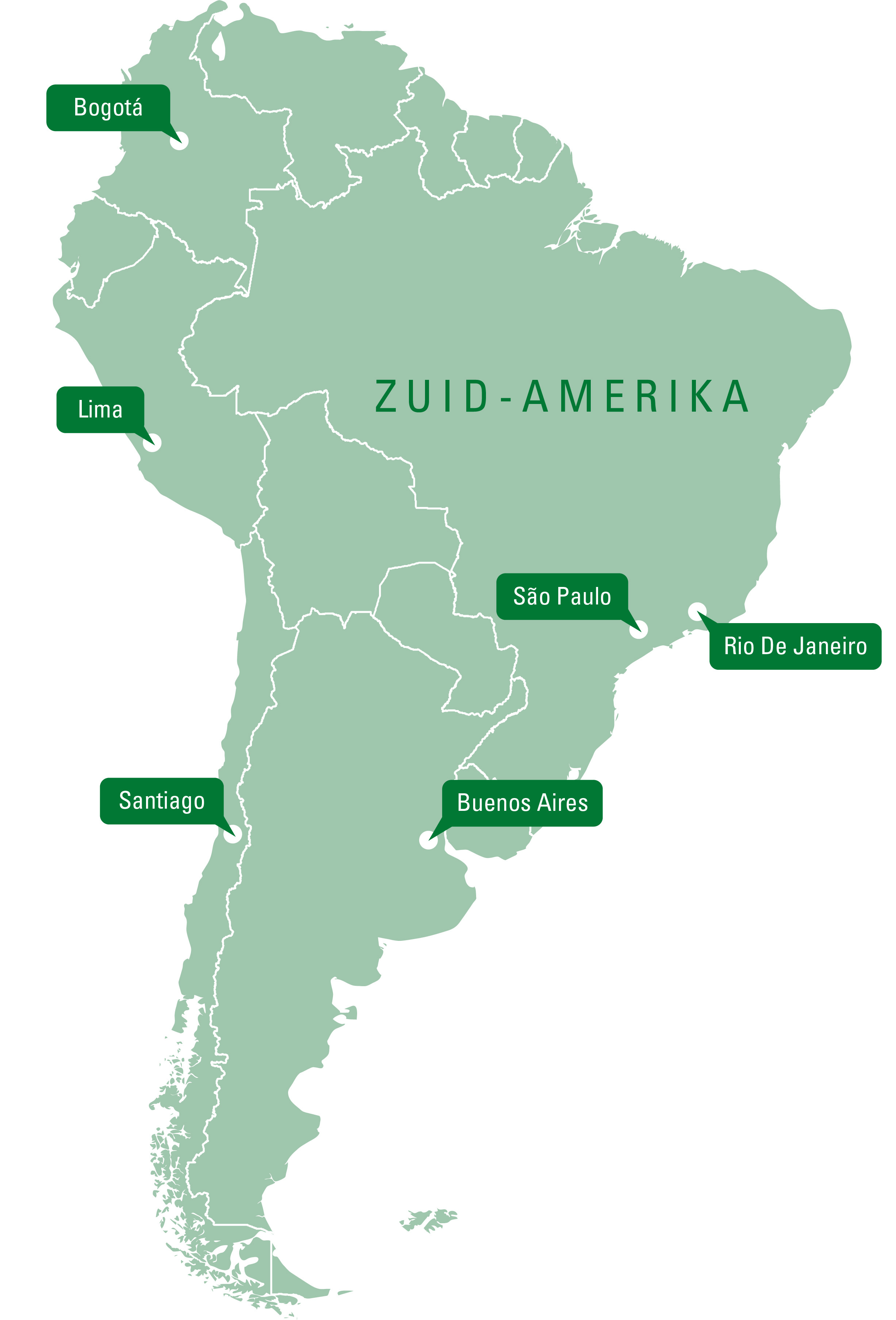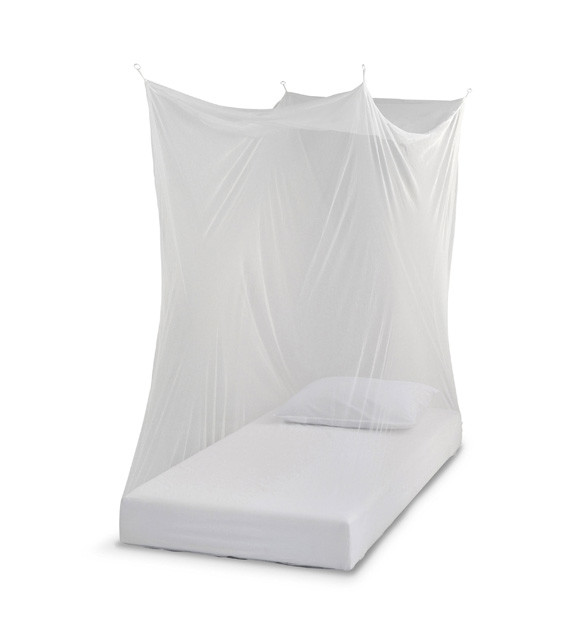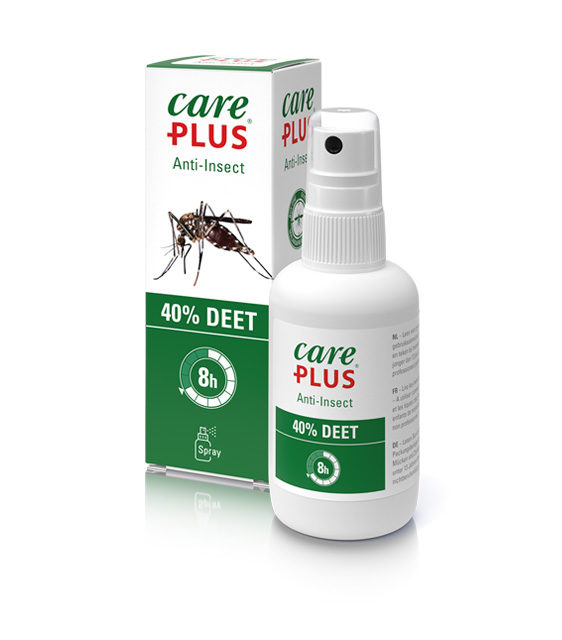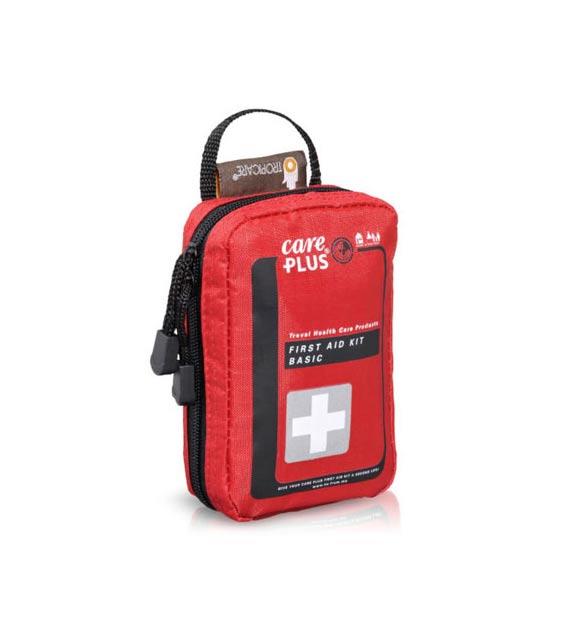Safe travels in South America
South America is a continent in the southern hemisphere, south of North America and north of Antarctica. The continent is bordered by the Pacific Ocean in the west and the Atlantic Ocean in the east. The population of South America is around 385 million and several languages are spoken, particularly French, Spanish and Portuguese. The total area of South America covers 17,840,000 km².
Climate
South America has the most diverse climates because of the location between two oceans, the Atlantic and the Pacific. Topographical events also play a large role. Altitude, and whether it’s a coastal region, rainforest or desert; these all influence the climate. Below you can find an overview of the climates in different parts of South America.
The climate in the Amazon
The Amazon climate is tropical, damp and hot. Temperatures vary during the course of the year between 24 and 30 degrees Celsius. This is why the Amazon doesn’t have 4 seasons, but only a dry and rainy season. The dry season is from July to December in most parts. The rain season is from November to May. During this time, it rains about 19 days per month.
The climate in Patagonia
Patagonia is a large region in the states of Argentina and Chili. The Andes mountain range plays an important role in the climate here. The Andes divides Patagonia in two, differentiating between west Patagonia and East Patagonia. The west has a cool climate with plenty of precipitation. The east has a dry climate, comparable with a desert climate.
The climate in the Andes
The climate in the Andes strongly depends on the altitude. In the mountains, it tends to be cooler than in rural areas. At an altitude of 1000 metres, the temperature is around 25 degrees. The higher you climb, the cooler it gets. At an altitude of 3500 metres, the average temperature is 12 degrees. Altitudes of 5000 metres have an average temperature of 0 degrees. The rain season in the Andes is between November and March.
The climate in the Atacama desert
The Atacama stretches 1200 kilometres along the Pacific Coast of South America. It is located north of Chili and south of Peru. The climate of the Atacama coast is extremely dry. The desert is located in the rain shadow of the Andes, which means it only rains a few times a year. Because of the cool sea air, the climate in the Atacama desert is not unbearably hot. Temperatures are on average around 25 degrees.
Population: 385 million
Climate: Varied
Tropical diseases in South America
Chikungunya
Yes, chikungunya occurs in South-America.
Malaria
Yes, malaria
occurs in South America.
Dengue
Yes, dengue
occurs in South America.
West Nile virus
Yes, West Nile virus occurs in South America.
Yellow fever
Yes, yellow fever occurs in South America.
Zika
Yes, zika occurs in South America.
Dangerous animals in South America
In addition to beautiful and exotic animals, you will also encounter less pleasant creatures when travelling in South America that can transmit diseases and can be deadly. The information below will help you to know what to look out for so you can take the necessary precautions for your journey.
Mosquitoes
In the first place, a tiny creature: the mosquito. A mosquito can be deadly in South America. They spread diseases, such as malaria, dengue and zika. Mosquitoes make around 3 million casualties each year. The malaria mosquito is only active in the evenings and at night, the dengue mosquito mostly during the day. Protect yourself by always sleeping under a mosquito net, using Anti-Insect DEET and wearing insect repellent socks. Have you been bitten? Use a venom extractor for removing the venom. This prevents the venom from spreading through the body. Consult a doctor immediately should you have any of the symptoms of the diseases.
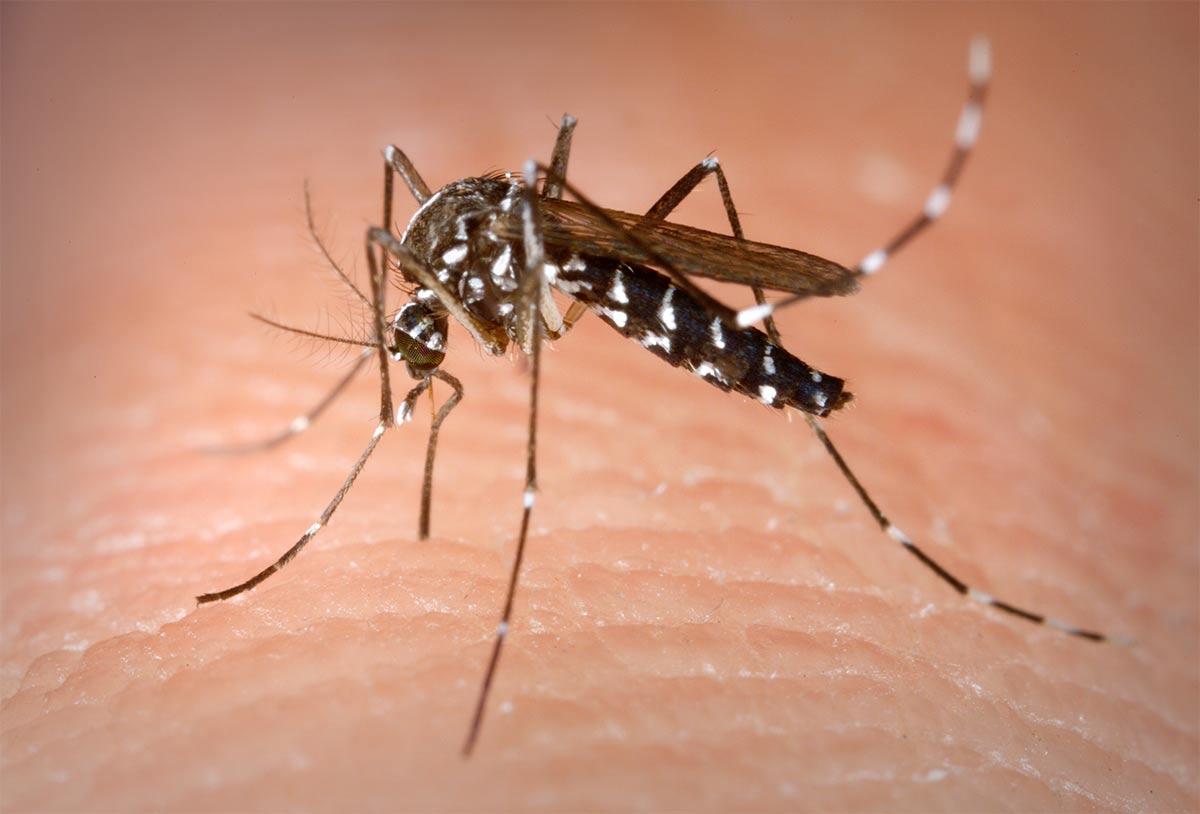
Bullet ant
Be warned for this ant, who owes its name to the fact that its sting feels like a gunshot. This ant is also known as the 24 (hour) ant because the pain following a sting can last for a full day. The ant is quite aggressive and the chances of being stung are significant should you encounter this ant.
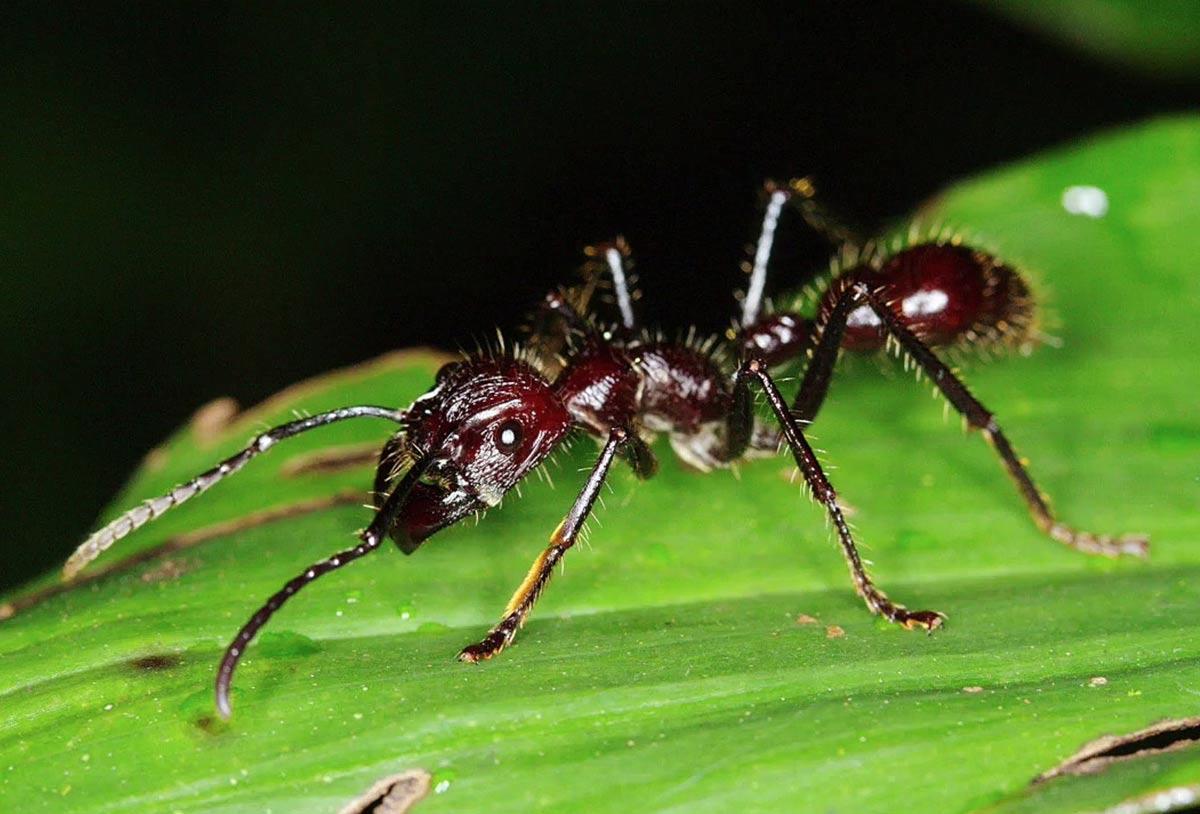
South American rattlesnake
The South American rattlesnake occurs in southern North America and a large part of Central and South America. Its habitat consists of dry environments, such as steppes and forests with dry soil. You won’t encounter them in rainforests. As with all rattlesnakes, this type of rattlesnake is venomous. The powerful neurotoxic venom can cause paralysis and blindness.
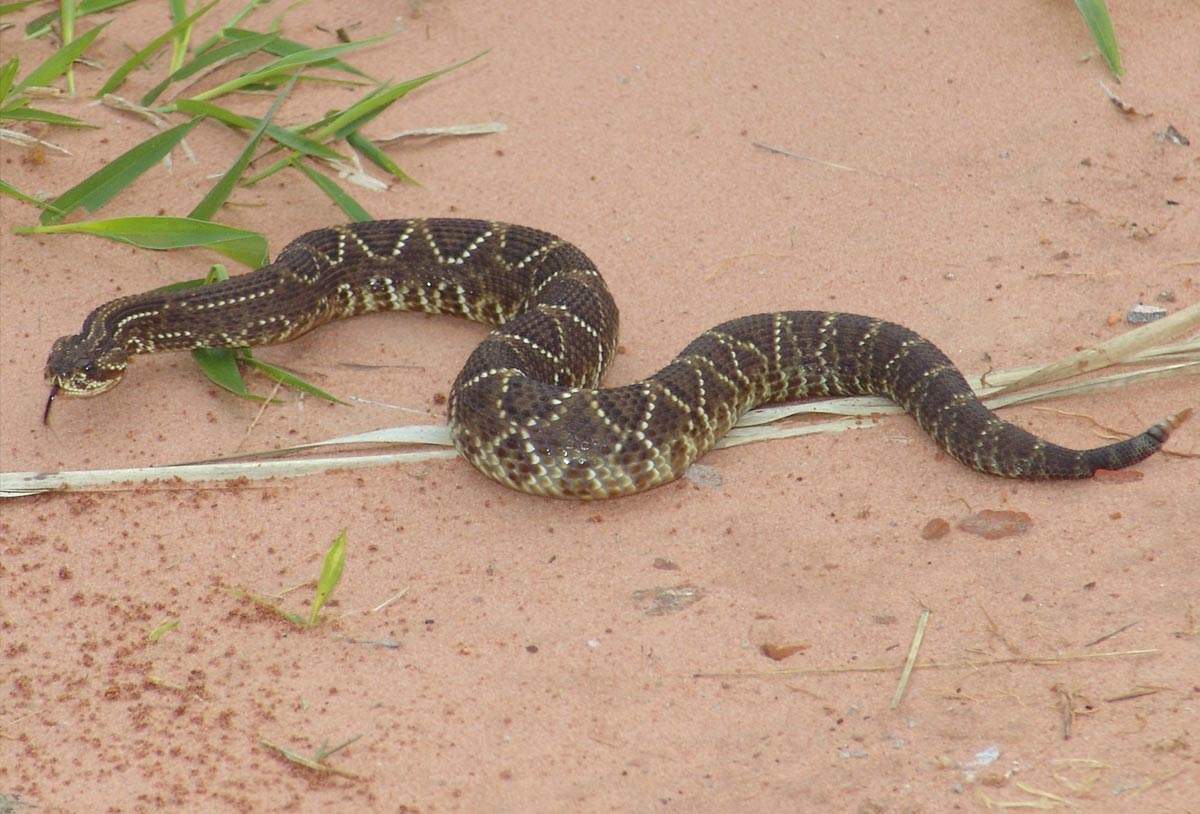
Black widow
The black widow is a spider native to the southeast of the United States and Mexico which by now has spread to all continents. The spider, that falls under the bullet spiders, can grow up to 3.8 cm (incl. legs), and is renowned because the female can bite with sometimes severe consequences. This spider owes its name to the female; after mating, she attacks the male and kills him.
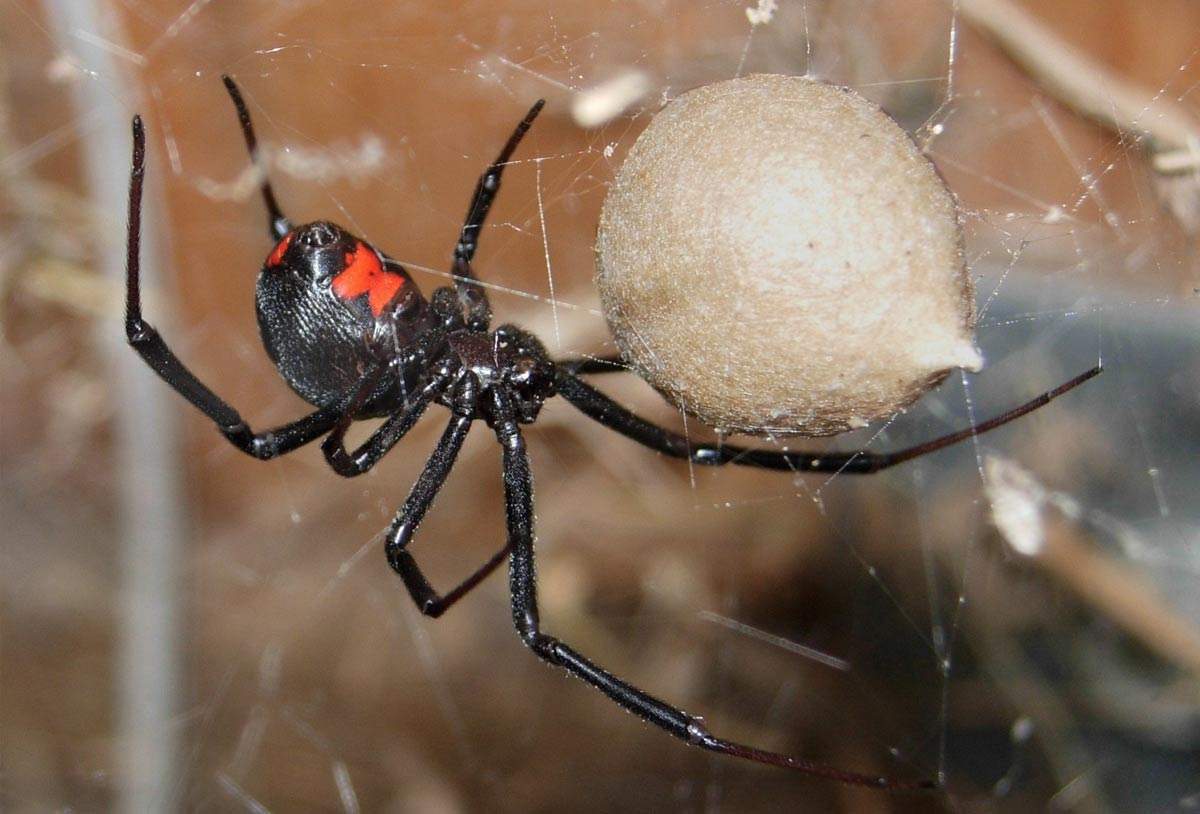
Good to know
Vaccination
Vaccination differs per country, but generally vaccinations for DTP, hepatitis A and typhoid are recommended. In some countries, a vaccination for yellow fever is mandatory.
Visa
In most cases, you will not need a visa in South America. You will receive a temporary visa that is valid for 90 days. Naturally, situations or regulations are subject to change. Always make sure you know whether you need a visa for the countries you wish to visit.
Water
Tap water quality differs per region in South America. To avoid risks, it is better to drink bottled water. Do not be tempted to use ice cubes, as these are made with tap water. Chili is an exception when it comes to tap water. Tap water is purified with chlorine in this country.
Language
Spanish is the official language in most countries in South America. Portuguese is also a popular language. Most locals in South America hardly speak English. If you’re planning to go to South America for a long period of time, it may be a good idea to take a course in Spanish or Portuguese.

